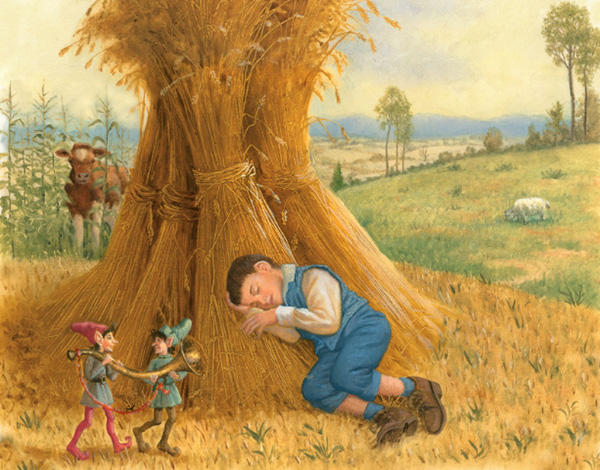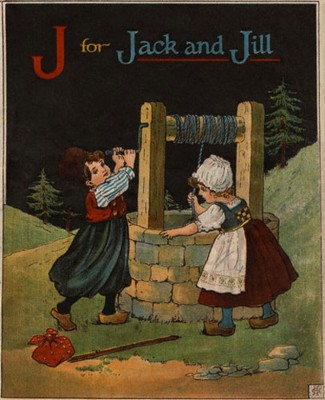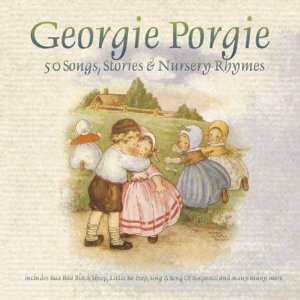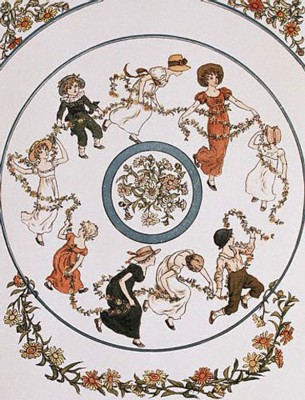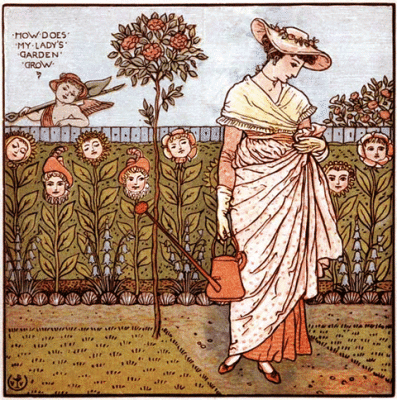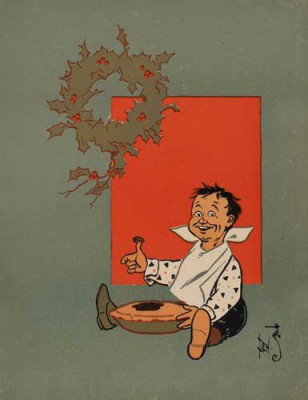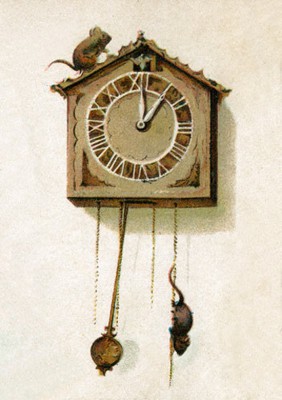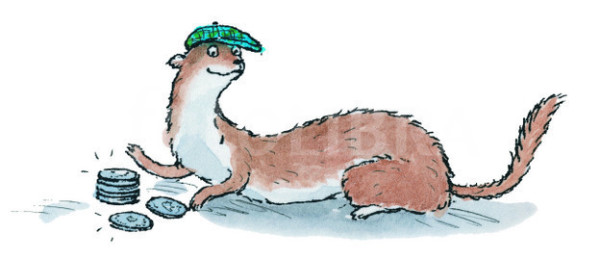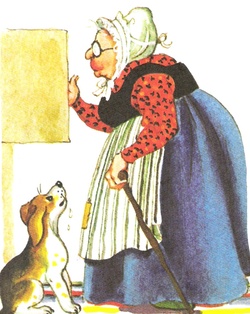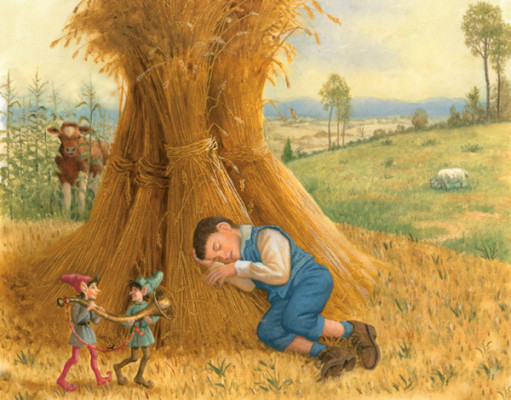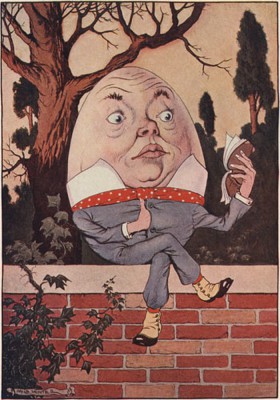Possibly the most widely sung and memorized lines around the world are the nursery rhymes that we learn in our early lives. In the outset, these rhymes are colorful, harmless themes to stir the playfulness in the kids. However, very few actually expect that there are at times some gruesome and bloody stories behind these apparently peaceful rhymes. Following are the origins of the ten of most famous nursery rhymes of all times.
- Jack & Jill Ran Up the Hill
This famous nursery rhyme was supposedly written to help the children of the 18th century to reconcile with the gruesome end of King Louis XVI and his wife Marie Antoinette. Both the husband and wife were executed; hence the reference went up the hill. Jack falling down is the reference to King Louis getting beheaded, Marie’s execution immediately after that is referred to as ‘And Jill came tumbling after’.
- Georgie Porgie
It is believed that the georgie porgie in the rhyme is a reference to the 1st Duke of Buckingham, George Villiers. George was very obese, and famously known as a bisexual, having sexual relationships with King James I and an Anne of Austria at the same time. Due to his obesity and bisexuality people did not really liked him and some ran away from his company, referred in the rhyme as ‘kissed the girls and made them cry’.
- Ring Around the Rosey
The Bubonic plague that swept through England in 1665, brought with it death and destruction in every street corner. Historians suggest that the rhyme ‘Ring Around the Rosey’ has its roots back in the days of the bubonic plague, and was written for the children of the era to reconcile with the dance of death around them. The symptoms of the plague is referred to as ‘Ring around the rosey’, while ‘a pocket full of posies’ is the reference towards the fact that people used to carry roses in their pockets to counter the pungent smells of the dead and disease. Most of the bodies were burnt and turned into ‘Ashes, Ashes’.
- Mary Mary Quite Contrary
This rhyme tells the story of Mary Tudor, famously known as ‘Bloody Mary’ in the popular history. She was quiet contrary to the protestant and launched a campaign of torture and persecution against Protestants. In her garden she had built an elaborate open-air torture cell, with a number of torture machinery ‘silver bells’ and ‘cockle shells’ are the references towards such machines. She also reportedly named one of her torture machine as ‘the maiden’ and there were quite a few of them kept in line for group tortures.
- Little Jack Horner
The image that comes to the mind from this famous rhyme is of a cherry-cheeked young kid sitting and muddling with his pie that he received as a reward of being a good boy. But in reality the boy was actually a grown up man, who was siting with the King Henry VIII, when king received deeds for eight estates as a bribe from the abbot. The intention was to stop the King to burn down the abbey, which he accepted and the grown up man ‘Thomas Horner’ got an estate from the King, since King was happy to have received the bribe.
- Three Blind Mice
This rhyme is again a reference towards the atrocities of ‘Bloody Mary’ against the Protestants. The three blind mice were actually three noble men who were also Protestants, and after realizing their fate, they decided to make a run for it. They also plotted to kill the Queen, but had failed. And the reference in the rhyme towards cutting the tails of mice is actually about Queen Mary ordering her soldiers to burn these men at the stake. (Lolwot)
- Pop Goes the Weasel
It seems as if the rhyme tells the story of an innocent person possibly buying some stuff from a shop and that pop goes the weasel means spending money. But in reality the rhyme tells the story of the poverty during the high tax collection era of English history. People literally had to sell their ‘spool of thread’ and ‘needle’, meaning every little thing they possessed, and the money they received was so little that all it did was ‘pop goes the weasel’ meaning was gone in a moment.
- Old Mother Hubbard
Clearly, the impression you get from the rhyme is of a nice old lady going about her daily business and fails to find a bone for her dog in the cupboard. In reality this is a reference towards Cardinal Wosley, who King Henry VIII wanted to marry Anne Boleyn. Wosley (Old Mother Hubbard) went to the pope (the cupboard) seeking the acceptance of the pope to divorce his first wife Katherine of Aragon (divorce is the bone), which pope declines and he comes back empty handed to the King (the doggie).
- Little Boy Blue
It seems the King Henry VIII liaison to the Vatican, Cardinal Wosley was a subject of a number of nursery rhymes. It is said that cardinal mostly wore blue, hence the reference ‘little boy blue’, he primary job was to look after the sheep by creating a bridge between the pope and the king to keep the subject in line. But his arrogance and pride was unmatched, along with his successive failures to serve the people fairly, which is referred in the rhyme as the boy falling asleep.
- Humpty Dumpty
Possibly the most famous and funny nursery rhyme, Humpty Dumpty actually tells the story of a canon. The massive canon of the Royalists, which was destroyed by the canon fires from the Parliamentarians. The Royalists did their utmost to put it back together, but they did not succeeded and the Parliamentarians continued pounding the walls, forcing the Royalists to eventually surrender.
